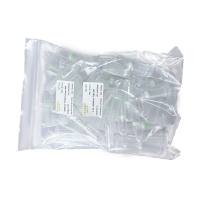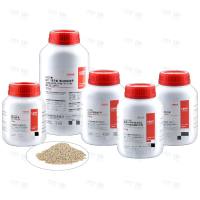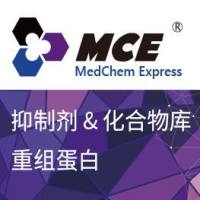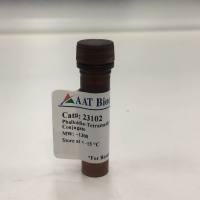STEC as a Veterinary Problem: Diagnostics and Prophylaxis in Animals
互联网
489
Shiga toxin-producing Escherichia coli (STEC) are important human pathogens causing severe clinical syndromes in a high percentage of infected individuals (see Chapter 1 ). Naturally acquired STEC infections have also been detected in a wide spectrum of animal species (cattle, sheep, goat, deer, moose, swine, horse, dog, cat, pigeon, chicken, turkey, gull) sometimes even with considerable prevalences (1–10). Several of these animal hosts, particularly ruminants, have been identified as major reservoires of STEC strains that are highly virulent in the human host (e.g., EHEC O157:H7). However, in contrast to the human host, most STEC infections of animals remain clinically inapparent. Even in ruminant species, where shedding rates of up to 88% have been reported (2), the clinical significance of STEC infections seems to be rather limited. A natural pathogenic role of STEC has been clearly identified in weaned piglets (edema disease [ED] E. coli enterotoxemia) (11), calves (watery to bloody diarrhea) (12,13), and greyhounds (cutaneous and renal glomerular vasculopathy of greyhounds [CRVG], “Alabama rot”) (14,15). However, histological and in vitro studies revealed that certain epithelial and/or endothelial cells are affected by shiga toxins even in animals appearing clinical healthy (16–18). Thus, the true health importance of STEC infections for animal hosts may be underestimated.









